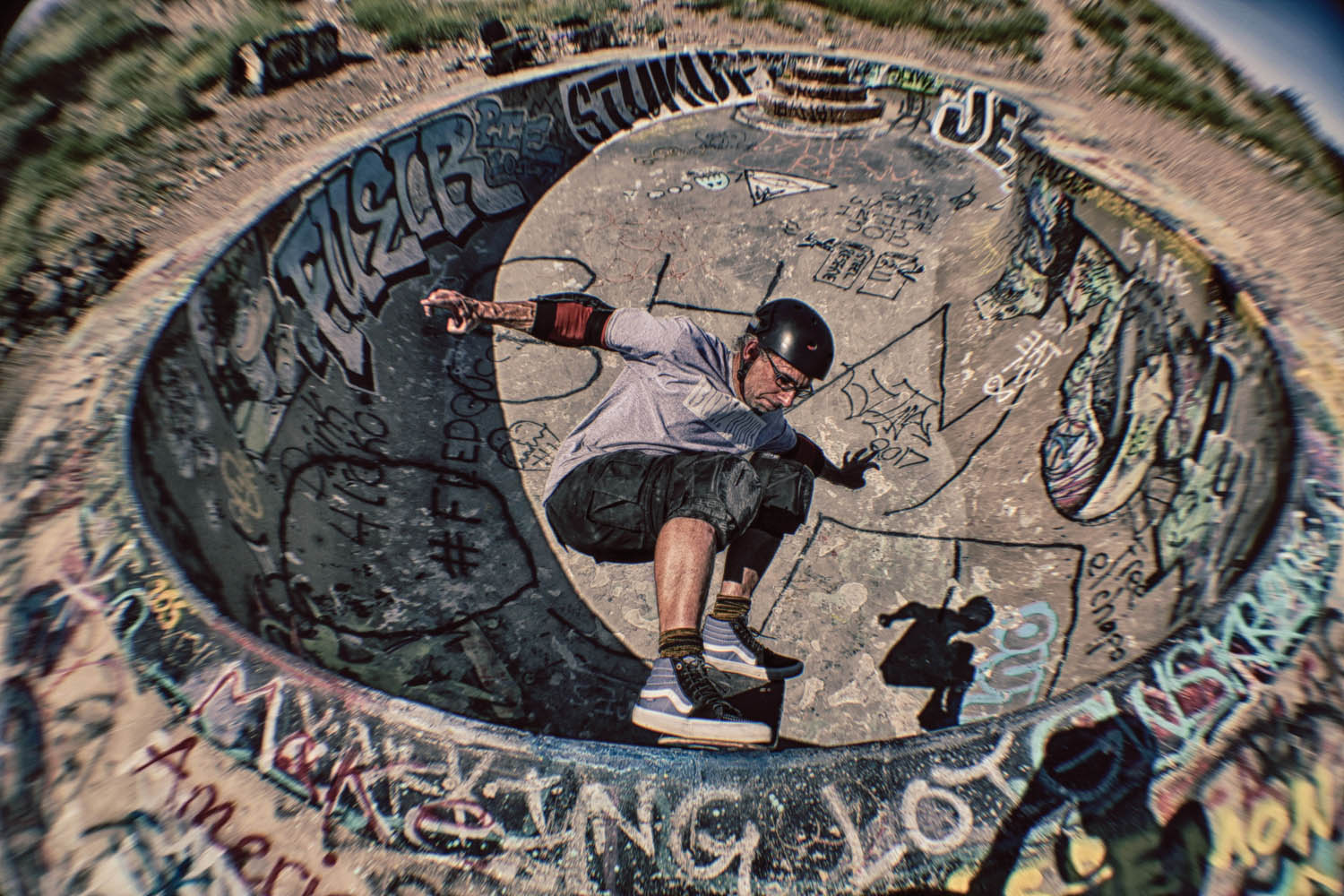Image


You should really subscribe now!
Or login if you already have a subscription.
Bill Driver is a photographer in San Antonio, Texas. When he’s not behind the camera, Bill spends his time creating music in the bands One More Hour and Brunt.